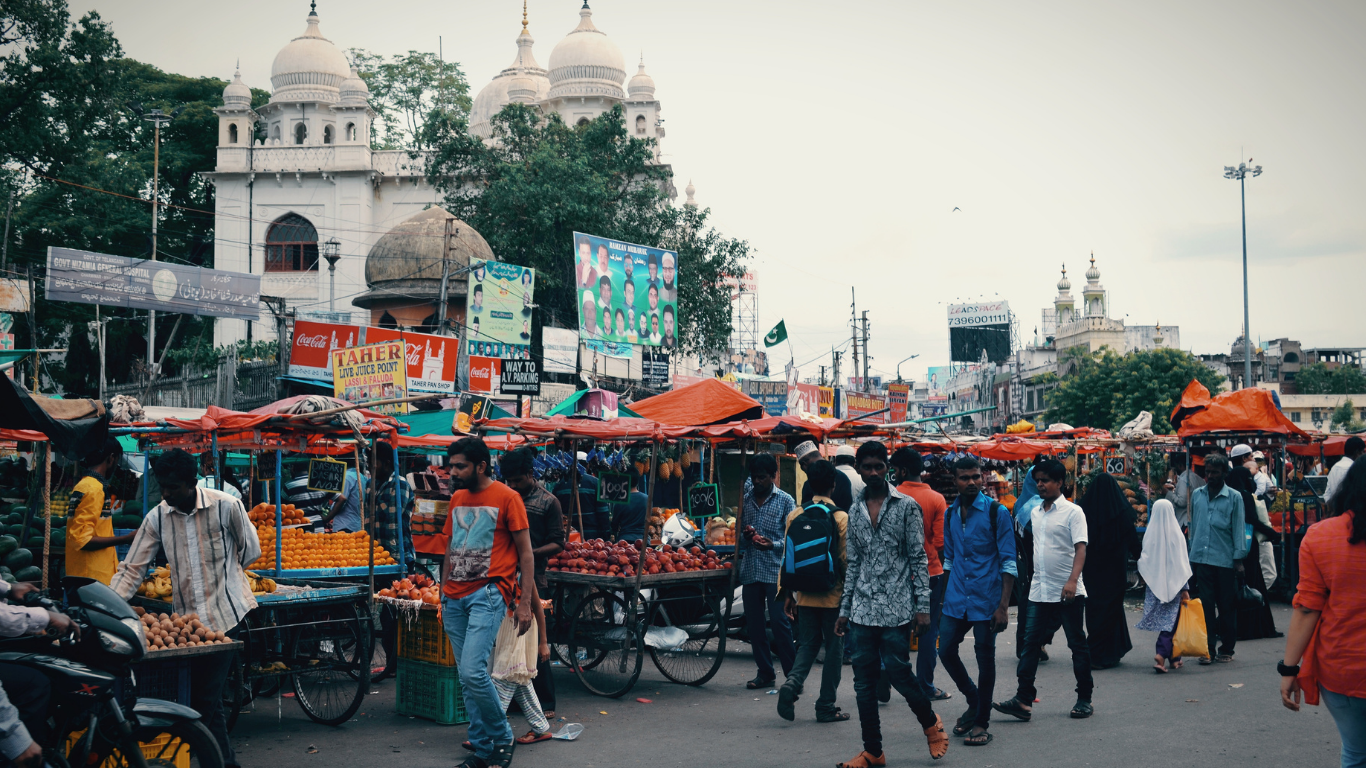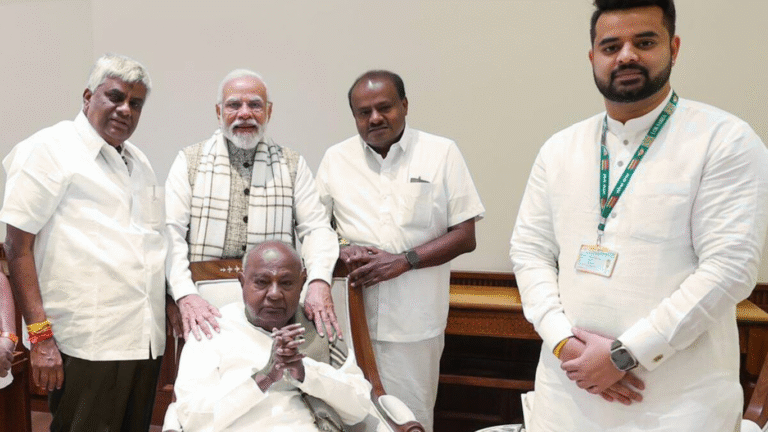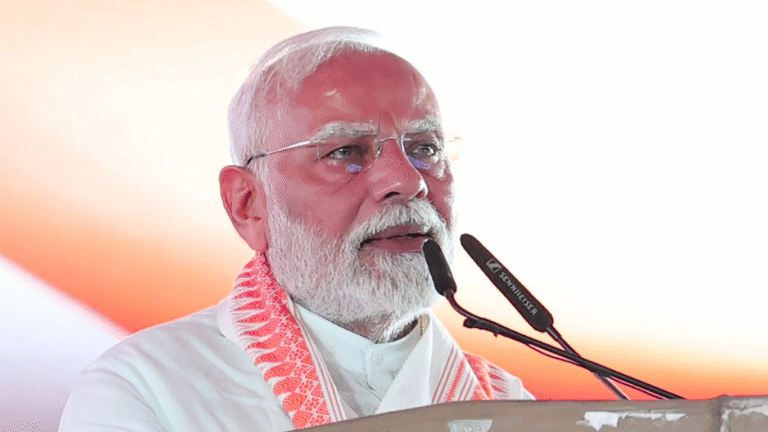
History and Significance of Saharanpur Uttar Pradesh
Saharanpur, located in the northwestern part of Uttar Pradesh, is one of the oldest and most culturally rich cities in India. The city is named after Shah Ranbir Khan, a Sufi saint whose shrine still stands in the area. Historically, Saharanpur has been ruled by various dynasties, including the Mughals, Marathas, and the British. Each era has left its unique imprint on the city’s culture, architecture, and traditions.
The city is strategically located near the borders of Haryana, Uttarakhand, and Himachal Pradesh, making it a key trade hub. It is around 560 km from Lucknow and only 170 km from Delhi, which adds to its commercial importance. Saharanpur is also famous for being a gateway to popular hill stations like Dehradun, Mussoorie, and Haridwar.
Today, Saharanpur stands as a blend of old-world charm and modern infrastructure. With its historical sites, spiritual centers, and bustling markets, it appeals to both residents and travelers alike.
Economy and the World-Famous Woodcraft Industry
Saharanpur is widely known for its woodcraft and hand-carved furniture, which has gained international recognition. The city is often called the “Woodcraft Capital of India” because of its centuries-old tradition of fine woodworking. Artisans here craft exquisite furniture, decorative pieces, and artifacts that are exported across the globe.
Apart from the woodcraft industry, Saharanpur’s economy is also driven by agriculture. The fertile land supports the cultivation of crops like sugarcane, rice, and wheat. The district is home to several sugar mills and agro-based industries that contribute significantly to the local economy.
Small-scale industries, handicrafts, and local markets form the backbone of daily commerce. Saharanpur is also developing as an educational and industrial hub, with improved road and rail connectivity linking it to Delhi, Meerut, and other major cities in northern India.
Culture, Festivals, and Lifestyle
The culture of Saharanpur is a mix of Hindu and Muslim traditions, which is reflected in its festivals, architecture, and food. People here celebrate festivals like Holi, Eid, Diwali, and Dussehra with equal enthusiasm. The city is known for its traditional sweets, spicy chaats, and street food, which add to its cultural flavor.
Saharanpur is also home to various old mosques, temples, and historical monuments that narrate its past. The famous Shakumbhari Devi Temple, located about 40 km from the city, is a popular pilgrimage spot. The Company Garden, a colonial-era park, is a favorite among locals and tourists for its lush greenery and peaceful environment.
The people of Saharanpur lead a simple life, with a focus on family values, art, and community celebrations. The city’s markets are filled with handicrafts, textiles, and local produce, giving visitors a taste of authentic UP culture.
Tourist Attractions and Nearby Areas
Saharanpur is not just about industries and trade; it is also a destination for history and nature lovers. Some of the key attractions include:
- Shakumbhari Devi Temple – A spiritual destination attracting thousands of devotees.
- Nau Gaza Peer – A famous shrine that holds religious importance for the local community.
- Company Garden – Ideal for family outings and relaxation.
- Ambala and Dehradun – Located nearby, they make great weekend trips.
The city also serves as a stopover point for travelers heading to Rishikesh, Haridwar, and Mussoorie. Its well-connected roads and railway stations make it a convenient location for tourists exploring the northern belt of India.
Final Thoughts on Saharanpur
Saharanpur, Uttar Pradesh, is a city that perfectly balances its historical heritage with modern growth. Whether you are interested in exploring its famous woodcraft industry, visiting religious sites, or experiencing the local lifestyle, Saharanpur has something for everyone.
It is a city that combines cultural richness, natural beauty, and economic strength. A visit to Saharanpur will not only introduce you to the artistry of skilled craftsmen but also give you a glimpse of a city that is deeply rooted in tradition while embracing progress.



